Drawing for children. Much more of a loaded topic then you would believe.
Believe or not but, both of these drawings were completed by children within a year or two of each other in age. The difference: The instruction that the children received.
Drawing for kids can be very controversial in certain circles. If you are not an educator than you may not even know that not everyone believes you should actually teach children to draw.
I graduated from a very progressive school of education that follows the educational theories of Viktor Lowenfeld author of Creative and Mental Growth. He strongly believes that children go through certain stages of development in art and should be allowed to progress through them without adult intervention.He strongly believes that children should only be involved in symbolic drawing which is what the first drawing is all about.
Since this was my training I thought this was the holy grail, until I started reading some other books about drawing with kids that totally changed my way of thinking.
The first one is the very well known, cutting edge The New Drawing on the Right Side of the Brain by Betty Edwards. In Betty Edwards method she teaches people to see things from the right side of brain, teaching them to shut down the left while drawing.
Her method has been extremely successful with adults so its not that applicable to young children. She actually believes that children can’t really be taught drawing well until about age 10. So her methods do fit in pretty well with Lowenfelds. Basically let the kids draw as they please until age 10 and then teach them HOW to draw.
The second book I read is Drawing with Children by Mona Brooks, who teaches The Monart Method. In her book Mona claims that she can teach children as young as 3 or 4 to draw realistically.
She feels that the same way children need instruction to learn how to read properly, they will also not learn to draw without instruction. She does address the issue of children being allowed to draw without instruction and claims that children need both types of drawing. She does not deny that there is a place for what Lowenfeld calls symbolic drawing. The image of the bird on the above right was of a young child that was in a class that I gave using Mona Brooks techniques.
Here are some other images children in that class were able to make after only a few lessons.
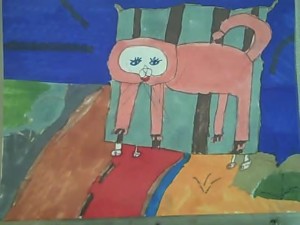
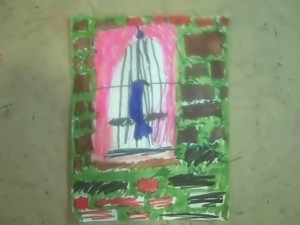
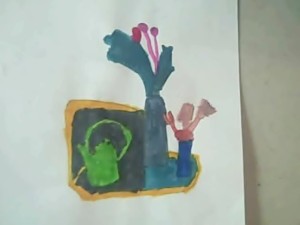
Mona Brooks bases her method on children learning to see the world through 5 basic elements of shape.
What is very interesting to me in her book is how she debunks many myths many of us have had for so long about drawing. Below are 8 of those myths that have been so widely accepted.
8 myths about drawing with children
- The ability to draw is only inherited: Even though there are definitely those that are born with artistic skills that help them be natural drawers, there are many drawing skills that can be learned.
- There is a definite right and wrong way to draw: Just take a look at Picasso, Rembrandt and Grandma Moses if you think that.
- Drawing is for pleasure…it teaches the kids nothing: This is probably one of the reasons so many schools have cut the arts so drastically. It is vital to show administrators how art provides thinking and problem solving skills that can be so helpful for other areas of learning.
- Art should be given to those that are talented artistically and may plan to use art for their career: Art is vital for all kids to gain the many benefits and skills it provides.
- Children should only learn drawing techniques through trial and error: If you can’t learn how to play the piano that way, then why should it be that way with art. If we teach children the general concepts of shape and leave the detail to them they will have guidance that will last a lifetime.
- Abstracts artists are not real artists: Many of the most successful artists were men like Picasso and Matisse who were in fact highly proficient realists. Abstract art is just a different type of art.
- Real artists draw from only imagination: I always believed this was the case.That artists think about what they want to draw-and “voila” they just draw. Instead I now know that artists do research before drawing and have pictures and often real life models of the object they want to draw ,before they even begin to put pen to paper. Imagination comes along with the pictures and the models/
- Real artists always love what they produce: Read a biography of Van Gogh or many other artists to see what angst they went through with their artwork. They don’t see their works as failures, but as steps in progress
So even though I believes greatly in proper child developmental theories of education and art, one can’t argue with the evidence and I realized that there is definite benefit to children getting specific instruction in drawing from these methods. There is however, place for both types of drawing and children should be allowed to draw both ways. After trying out the method with a group of early elementary age children I saw how there is certainly place for both kinds of drawing with children.
If you want to try some step by step drawing for children then check out the post that is linked to in step by step drawing as it will take you through the first few lessons that I did with children using the Mona Brooks book. I also have some drawing ideas for kids that are totally abstract projects.
P.S. The above post was written a few years ago and since then you can check out many new posts I have done on drawing for children.
A new art class where they are learning to draw in a different way. They start by finding simple lines and shapes in pictures and go onto learning to do observational drawings.
You might want to check out the whole section I have on drawing activities themselves.
As you go through these these lessons, you yourself may get inspired to learn to draw along with your children or students. It is amazing how many frustrated adult artists there are out there who wish they could learn to draw. And maybe now you can.
Pin to save for later

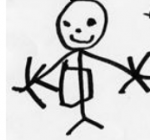


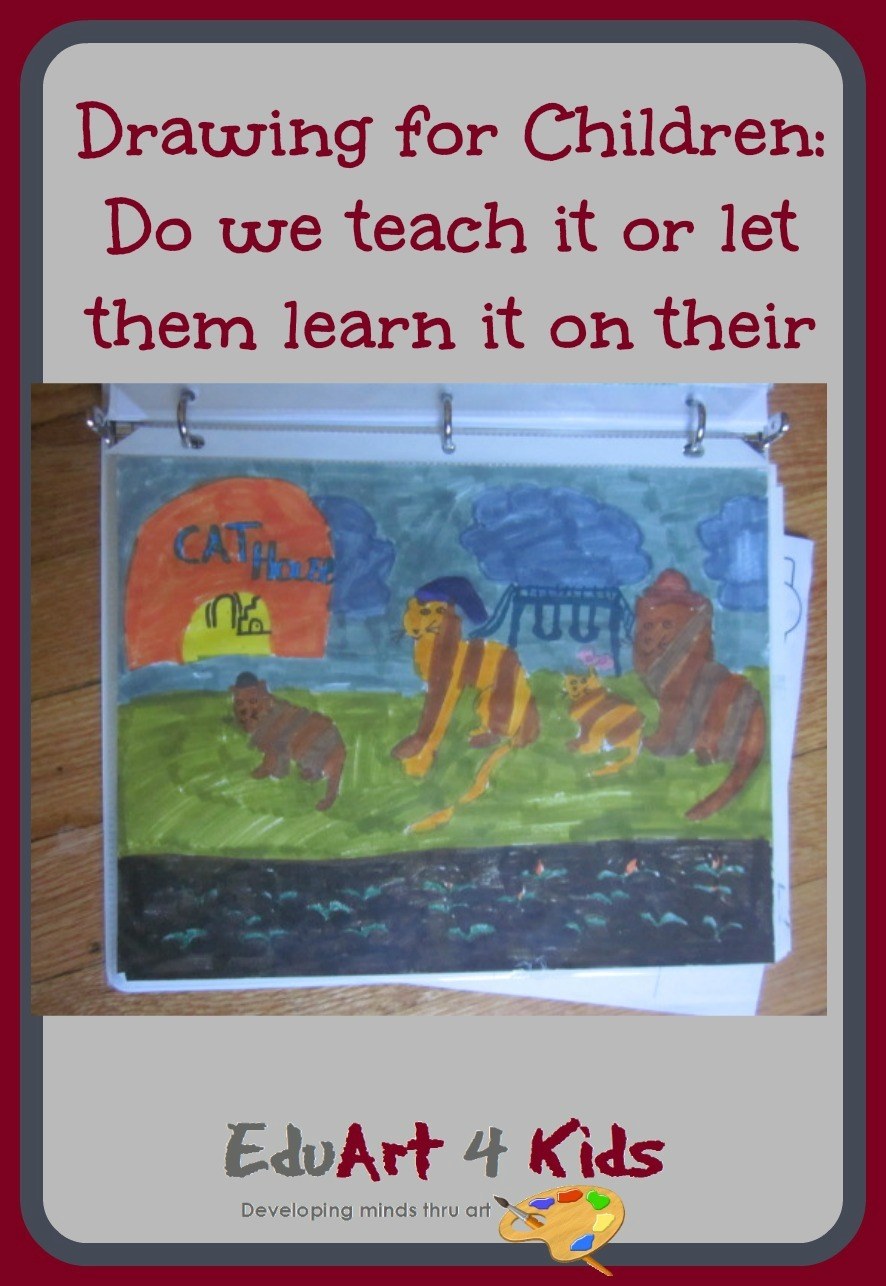
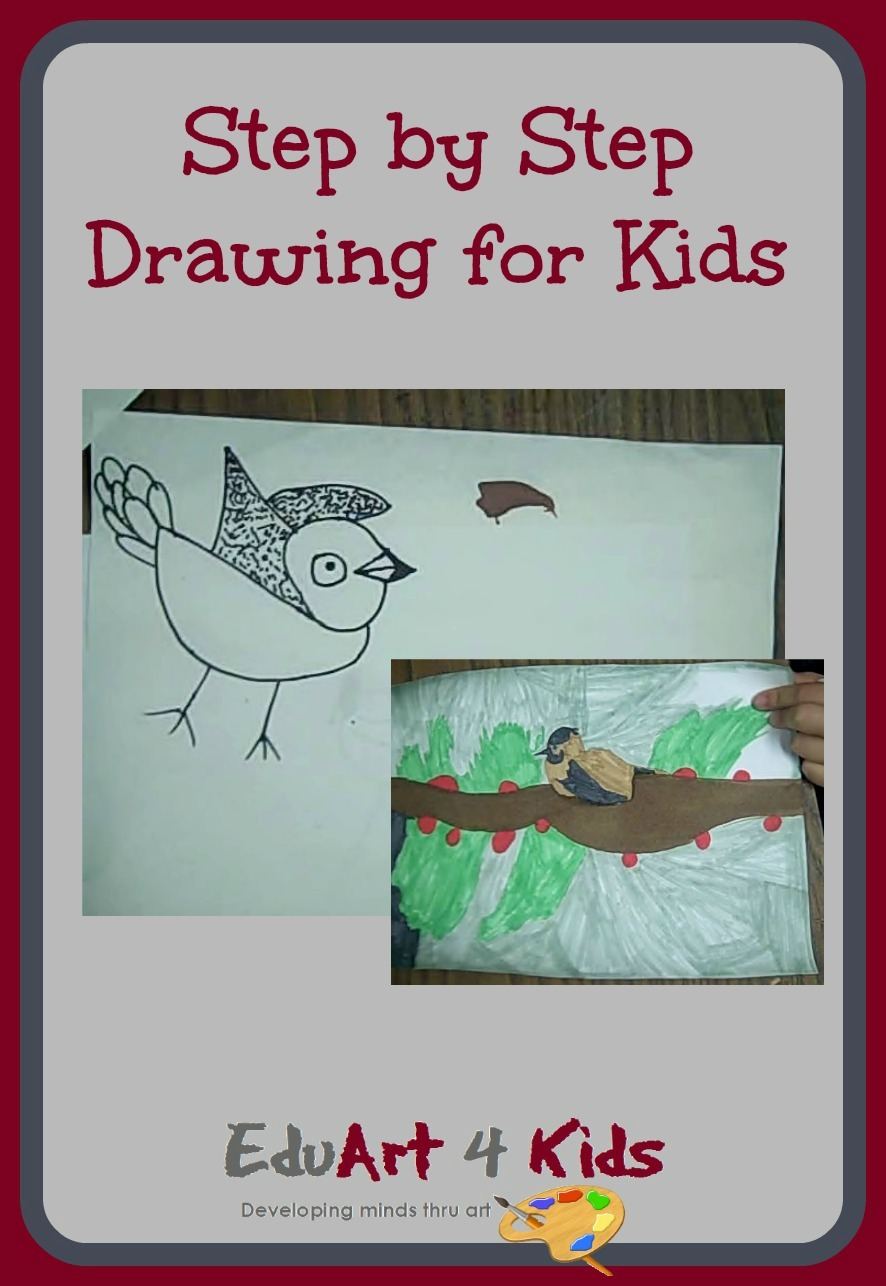

Coloring does not have to be done without creativity. You could try this online coloring site: ScrapColoring.
Kids can color with gradients and patterns, and they can choose their size and colors. There are endless combinations. I created the site to offer a much richer experience than the online coloring site where it takes 5 seconds to color a picture.
What do you think of this concept?
Stephanie I checked out your site and it’s pretty cool. I have actually never seen any online coloring sites and I think working online is a whole different experience than offline .Your stuff certainly adds more creative potential than the typical old coloring books and it’s fun. I just don’t know how it would build confidence in artistic ability, but then again it’s probalby a good background for kids that want to learn creativity online like graphic art.
I am sure that some kids have more talent than others…but for the most part, kids have to work at it and practice to learn how to draw. When I was a kid, all I wanted was drawing supplies…I didn’t want other stuff to play with. So I had the ‘drive’. However, the talent wasn’t there. It took years and years and years of practice and imitation to learn how to draw well.
On another note…I have a drawing site – http://www.drawinghowtodraw.com/ – that has 100s of drawing tutorials and an online drawing application – so I thought that I would mention it.
THanks.
Rachel
Have been teaching all the drawing lessons you have written about( Monart) and am passionate about the subject of teaching art specifically drawing and painting skills. I think it is very much a question of balance: teaching art skills yet allowing plenty of room for imagination. Recently got my hands on two excellent books by Meg Fabian one about teaching drawing the other painting. Excellent resources. I think the inherent talent lies in the amount of perserverence and passion one has.
Are these books by Meg Fabian for kids?
Personally, I feel that you should let the kids learn on their own..but then, of course they do need directions. Mostly I enjoy creating stories with my 5 year old son. He is quite an artist, so we both illustrate stories as we go…it is fun and I am sure it is helping his creative thinking and ability. Currently he is fascinated with treasure hunts, islands, dinosaurs and ships and draws all this from memory…or his own creation…
I am trying to keep his creative spark alive and also hoping to help other parents cherish the art of their children as well. Just launched http://www.littlesketchers.com a few days back…with this very spirit in mind!
Thanks!
My grandson who was only 2 years old on 13th Jan 2012, can draw by himself a round spider with two eyes (with pupils), a nose, mouth and eight perfectly straight legs attached to the body (none of the legs go over the line of the body). He can also draw a snowman with a face, three buttons down the front, a hat and a scarf. The snowman is also facing to the left, not straight on. He does not have any help at all with drawing these, he just watched other people and did it himself. I think he’s pretty amazing but perhaps I’m just biased?!
You’re right Carole that is advanced for his age. He must be very bright.
Hey,how r u?I have a 4year old and i too belive that balance in drawing is important, i belive that if we can teach a child to read,use the computer etc. We can also teach them how to draw and paint etc, we should also allow them to do their own thing, balance is important. I believe taht there is nothing wrong with guideing them through art. Besides just as a child can pick up a bad habit from an adult, they can pick up their artistic ways as well, and these habits can last for a life time.